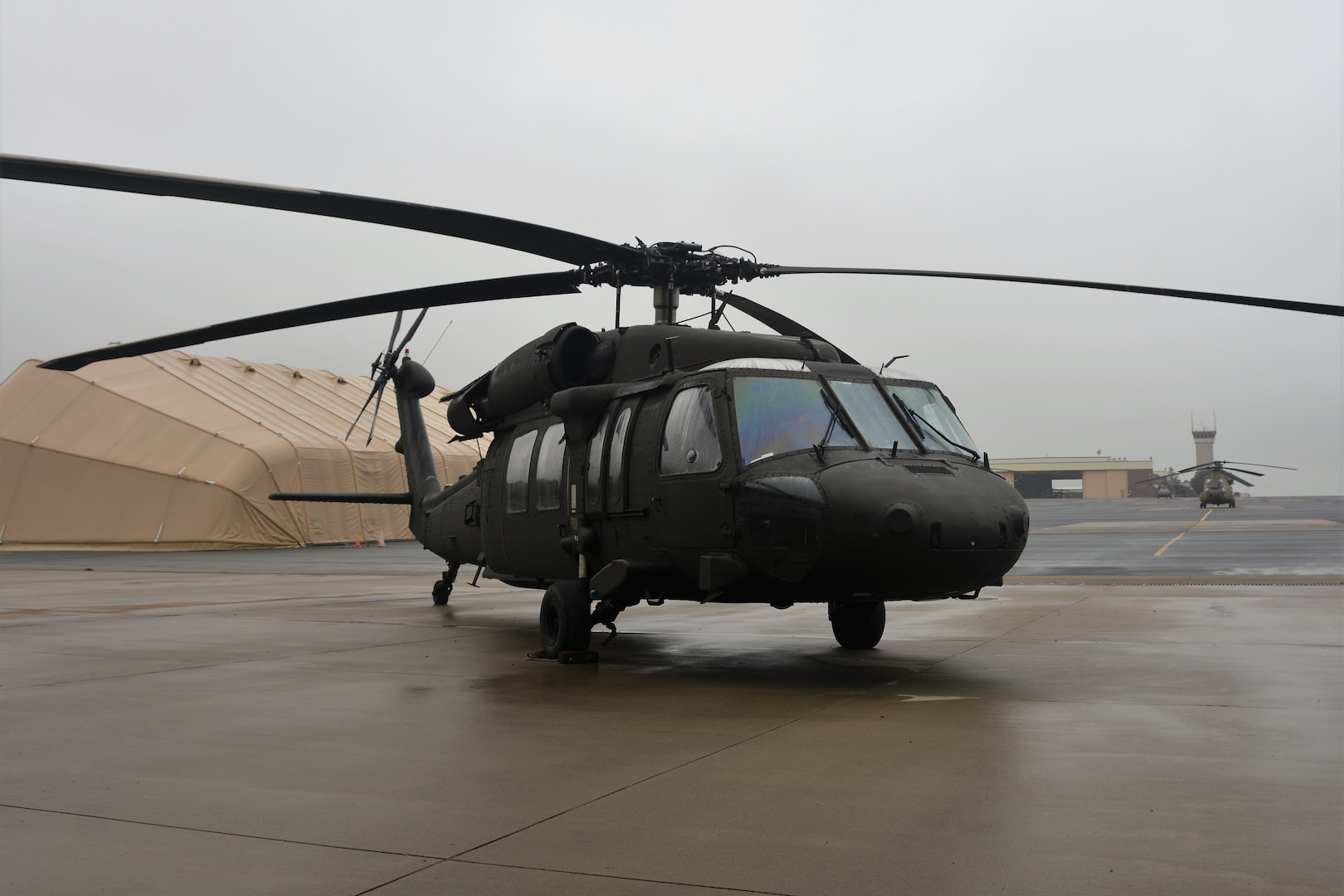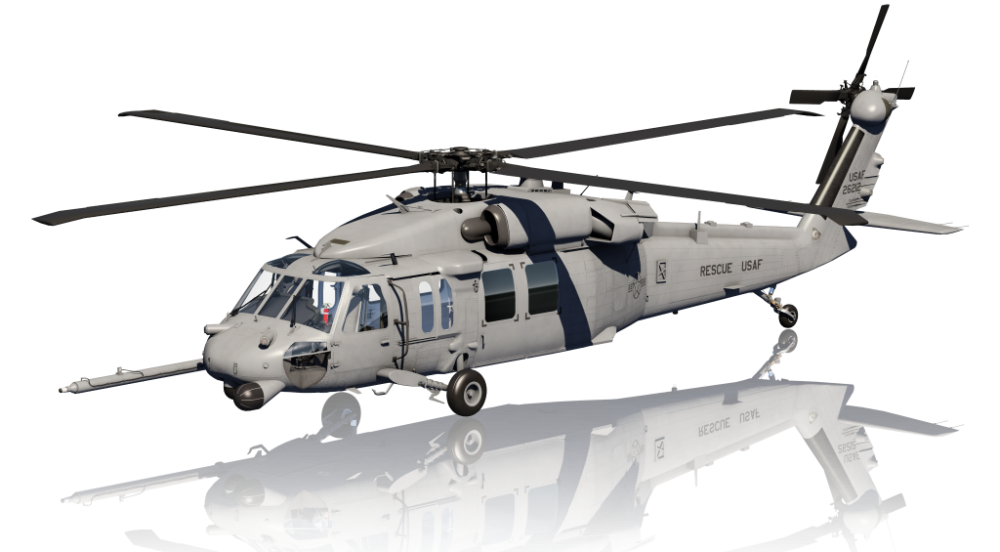UH 60 Technical Specifications and Performance Evaluation
UH 60 Technical Specifications and Performance Evaluation
Blog Article
A Comprehensive Guide to the Upkeep and Care of Aircraft for Longevity
The longevity of an airplane hinges substantially on its upkeep and care, demanding an organized approach to ensure optimum efficiency and safety. Understanding the complexities of these techniques can be complex; consequently, it is essential to explore the vital elements that add to effective aircraft care and the effects of disregarding these obligations.
Importance of Regular Upkeep
Regular maintenance is necessary for the safety and security, effectiveness, and long life of airplane. A methodical approach to maintenance ensures that all elements work optimally, consequently reducing the threat of mechanical failure during procedure. Regular examinations and servicing permit technicians to recognize prospective issues prior to they intensify right into significant issues, guaranteeing that the aircraft continues to be in conformity with aeronautics regulations.
Additionally, preserving an aircraft according to the supplier's guidelines is important for preserving its worth. A well-documented upkeep background can enhance resale leads and impart confidence in possible customers. Additionally, routine upkeep adds to operational performance, as it assists to optimize fuel consumption and efficiency metrics, leading to cost savings over time.
Additionally, regular upkeep adds to the overall security of flight operations (uh 60). By addressing wear and tear without delay, operators can alleviate threats connected with aging airplane systems. This aggressive technique not only safeguards the lives of passengers and staff however additionally safeguards the aircraft itself against devastating failings

Daily Assessment List
Just how can pilots and maintenance staffs make certain the airplane remains in optimal condition prior to each flight? The answer lies in a detailed daily inspection checklist, which serves as an essential protocol to determine potential issues that could endanger security and efficiency. This list must incorporate several key areas, consisting of outside and indoor inspections, as well as useful checks of vital systems.
Beginning with the outside, teams must analyze the airframe for any kind of noticeable damages, leakages, or indications of rust. Attention must be paid to control surface areas, landing equipment, and the problem of tires. Relocating to the interior, the staff should confirm that all controls and tools are functional, making sure that electronic systems are operating appropriately.

Along with structural checks, it is vital to inspect gas levels and validate that all needed files, including enrollment and weight and balance information, depend on day. Ultimately, a testimonial of emergency situation devices, consisting of life vests and fire extinguishers, should be carried out to guarantee conformity with safety and security laws. By diligently following this daily assessment checklist, pilots and maintenance crews can substantially improve the security and integrity of their aircraft.
Scheduled Upkeep Programs
Set up maintenance programs are necessary for the long-term safety and efficiency of airplane operations. These programs are created to make sure that all airplane elements undergo regular inspections, maintenance, and needed repair work at established periods. By adhering to a structured maintenance routine, drivers can substantially lower the danger of in-flight failures, enhance airplane integrity, and expand the lifespan of essential parts.
Generally, my explanation scheduled upkeep is categorized right into various levels, consisting of A, D, b, and c checks, each with unique demands and thoroughness. A checks are usually extra frequent and concentrate on fundamental small repairs and visual examinations, while D checks are extra comprehensive and happen less often, entailing comprehensive disassembly and overhaul of the airplane.
Regulatory bodies, such as the FAA and EASA, required compliance with particular maintenance timetables based upon airplane type and usage. Operators has to preserve meticulous records of all maintenance done to show conformity and assist in examinations. Furthermore, the combination of anticipating upkeep innovations can better enhance the performance of scheduled programs by determining potential issues prior to they intensify, thus making sure that aircraft stay in optimum problem and prepared for safe procedures.
Take Care Of Aircraft Interiors
Taking care of airplane insides is critical not just for passenger comfort however likewise for keeping the total worth and safety and security of the airplane. Normal cleaning and maintenance of the interior components add substantially to a favorable flying experience while maintaining the aircraft's visual charm.
To ensure optimal care, it is crucial to develop a routine cleaning routine that consists of vacuuming carpets, wiping down surface areas, and disinfecting high-touch locations. Upholstery and seating need to be inspected for damage, with any kind of damage without delay dealt with to prevent further wear and tear. Furthermore, attention should be offered to the galley and lavatory areas, which need thorough cleaning and restocking of his response products to preserve hygiene.
Furthermore, the use of suitable cleaner is crucial; severe chemicals can damage materials and coatings, so it is a good idea to make use of products particularly designed for airplane interiors. Normal evaluations must additionally be performed to determine any maintenance requires, such as changing worn-out seat covers or fixing window shades. By focusing on the treatment of airplane insides, operators can boost the total passenger experience and protect the financial investment in their aircraft.
Comprehending Regulative Conformity
Governing compliance is an essential aspect of aircraft upkeep, typically calling for drivers to stick to a complicated structure of local, nationwide, and worldwide criteria. This framework is mostly established by aeronautics governing bodies such as the Federal Air Travel Management (FAA) in the USA and the European Union Aeronautics Safety And Security Agency (EASA) in Europe - uh 60. These companies state regulations that regulate numerous facets of aircraft maintenance, consisting of airworthiness, security methods, and functional procedures

Additionally, operators should stay informed about adjustments in guidelines and take part in training programs to ensure that their staff is experienced about conformity requirements. Failing to abide by these guidelines can cause serious penalties, including fines, grounding of aircraft, or loss of accreditation. Understanding and adhering to regulatory compliance is vital for the longevity and security of aircraft operations.
Verdict
Finally, the upkeep and treatment of aircraft are extremely important for making certain durability, safety, and functional effectiveness (uh 60). Normal assessments, adherence to daily lists, and systematic upkeep programs assist in the early identification of potential concerns. Additionally, interest to the aircraft's inside and compliance with regulatory criteria considerably add to maintaining its value. By carrying out these techniques, drivers can improve the total experience for passengers while securing the financial investment in aeronautics properties.
The long life of an airplane pivots significantly on its maintenance and care, necessitating a structured approach to make certain ideal efficiency and safety and security. By vigilantly following this everyday evaluation list, pilots and upkeep crews can substantially improve the safety and dependability of their aircraft.
These programs are created to ensure that all airplane elements undergo routine inspections, upkeep, and required repair services at established intervals. By prioritizing the care of aircraft interiors, operators can enhance the total guest experience and shield the investment in their airplane.
In conclusion, the maintenance and treatment of aircraft are paramount for guaranteeing long life, safety, and functional effectiveness.
Report this page